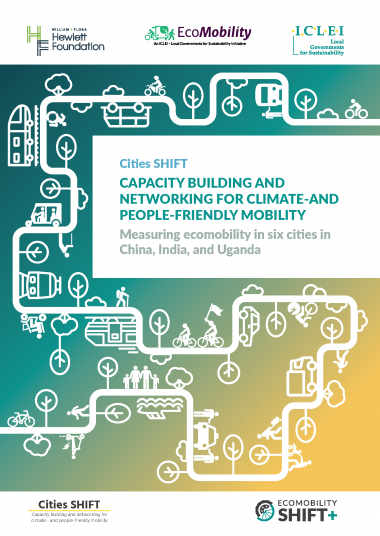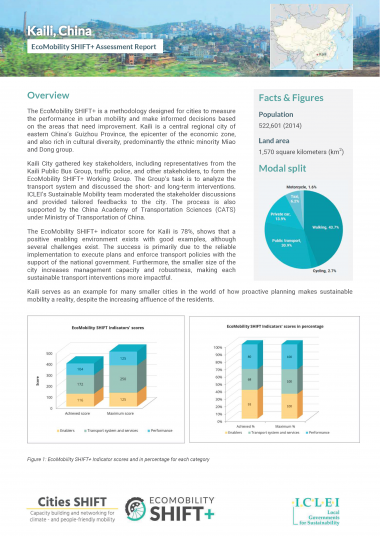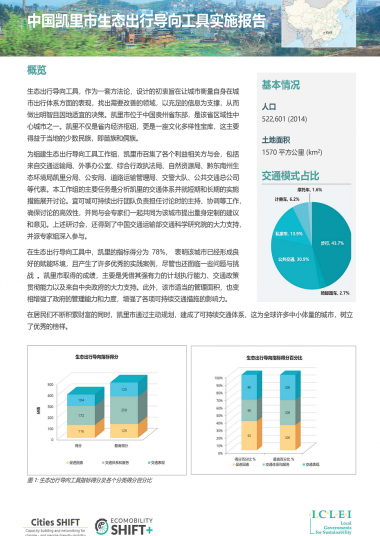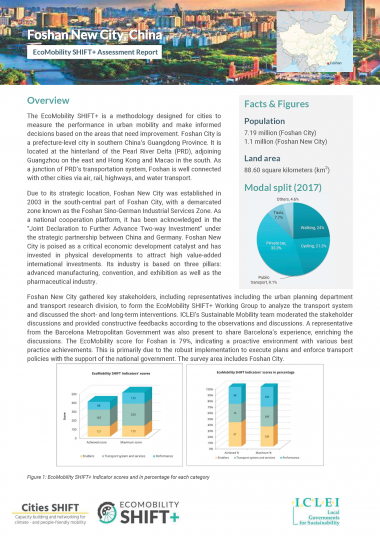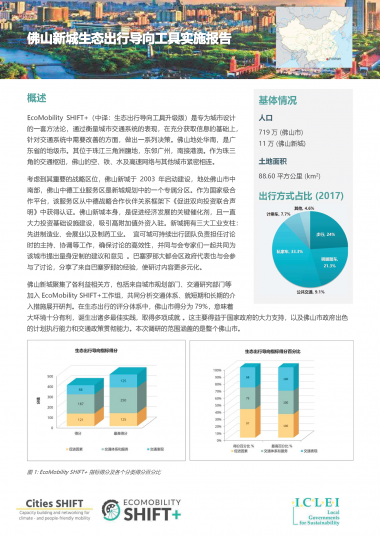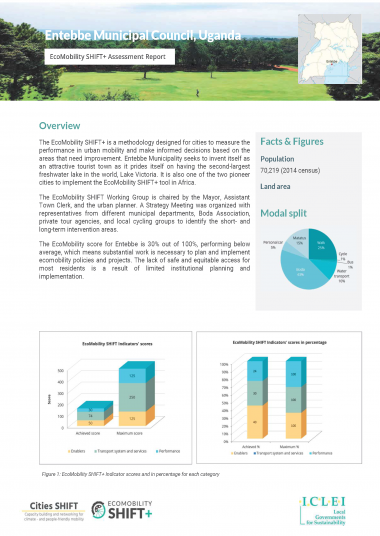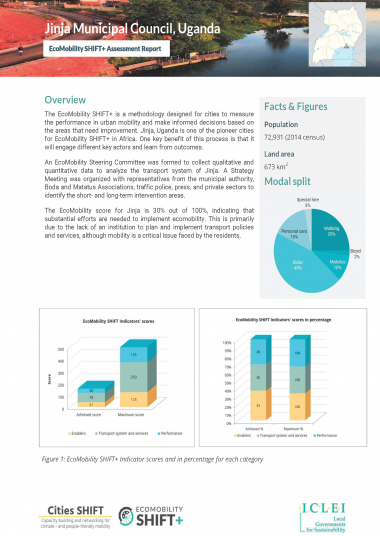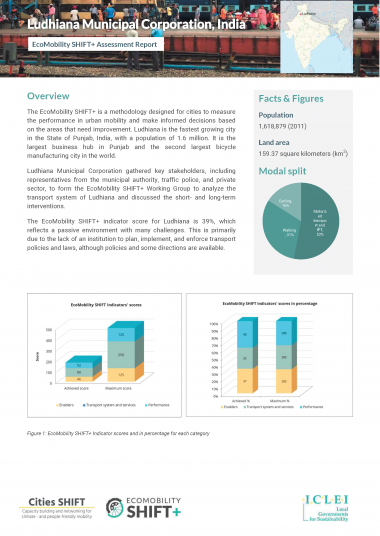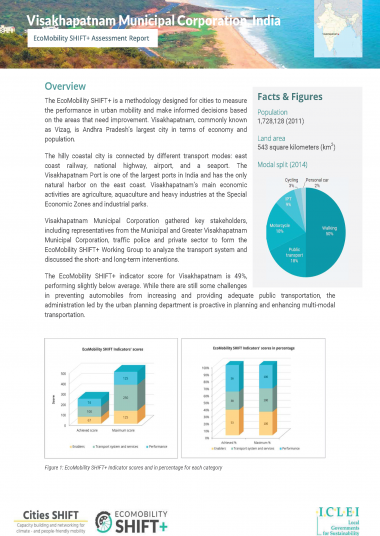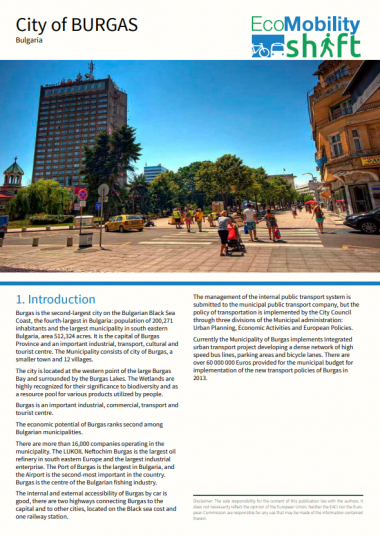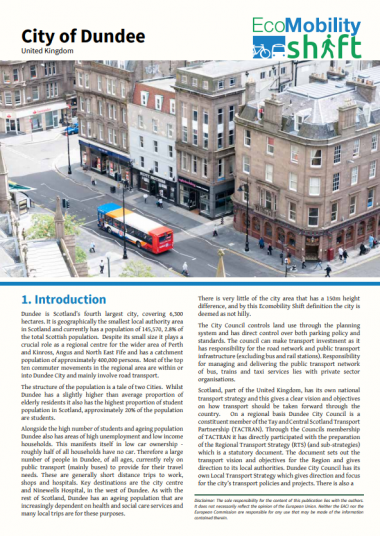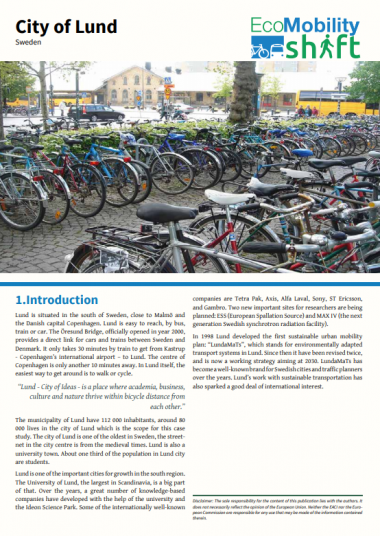EcoMobility SHIFT+

The EcoMobility SHIFT+ scheme is a methodology to (self)-assess cities’ mobility performance, analyze performance, act to improve and establish a path of continuous improvement.
The EcoMobility SHIFT scheme was launched in 2013 has been adopted by European and Australian cities. In 2018, the scheme was updated to reflect the current debates on urban mobility system that is suitable for both developed and developing cities, known as EcoMobility SHIFT+.
Benefits for the cities to conduct assessment
- Analyze the performance and situation in the city to identify areas for further improvement and thus strengthen the mobility plans
- Understand the status of the mobility system and its contribution to sustainable development
- Gain feedback for the efforts put in by the city leaders in improving the city’s mobility system
- Access and contribute to knowledge and good practice examples
- Become more efficient and effective in decision making with improved priorities
- Give recognition to the city leaders of the work done to improve quality of life for residents
- Become a source of inspiration to other cities

EcoMobility SHIFT + indicators
Enablers
E1: Understanding user’s needs & public participation
E2: Vision, strategy & leadership
E3: Human resources
E4: Finance for ecomobility
E5: Monitoring, evaluation, review
E6: Preparedness for the future of mobility
Transport systems & services
TSS 2: Cycling conditions
TSS 3: Public transport usability & reliability
TSS 4: Equitable access
TSS 5: Shared mobility services
TSS 6: Engagement with informal mobility
TSS 7: Intermodal integration & information services
TSS 8: EcoLogistics
TSS 9: Low emission vehicles
TSS 10: Planning of city areas
TSS 11: Parking
TSS 12: Low-speed/ car-free zones
Performance
P2: Safety
P3: Local air quality
P4: Travel time
P5: GHG emissions
EcoMobility SHIFT+ process
(Self-) assessment
(Self-) assessment process allows cities to measure performance and by assessing a set of indicators. A city can independently conduct an assessment or request EcoMobility team for support.
Analyse
Analyse process allows cities to identify specific strengths and weaknesses in the fields of passenger transport and mobility so that the city can prioritize.
Act
Act to improve the urban mobility system. A repository of strategies is also provided to select priorities for implementation.
Related news






